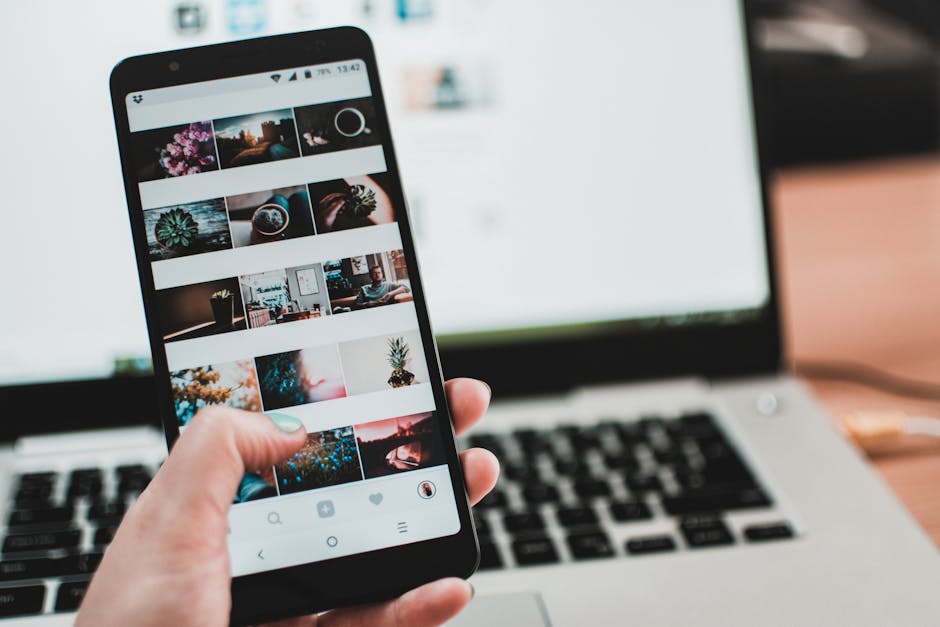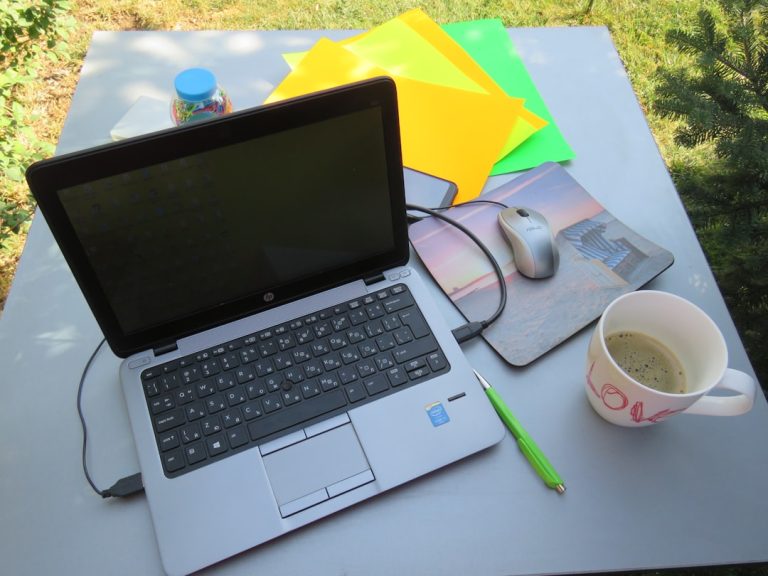The Power of Using a Dedicated Device for Work (my Separate Laptop Strategy)
In our increasingly interconnected world, the lines between professional and personal life have blurred to an unprecedented degree. For many, the single device that facilitates communication with loved ones also hosts critical work projects, sensitive client data, and endless professional correspondence. This convergence, while convenient on the surface, often introduces a subtle but pervasive drain on productivity, security, and mental well-being. This is precisely why I advocate for, and personally employ, a dedicated device for work – a separate laptop strategy that has fundamentally transformed my approach to my professional life.
This isn’t just about owning two computers; it’s about strategically leveraging hardware to cultivate a healthier, more productive, and more secure digital existence. It’s about drawing a clear, tangible boundary in a world that constantly tries to erase them. Let’s delve into the profound impact this seemingly simple decision can have.
Unlocking Mental Clarity: The Invisible Wall Between Work and Life
One of the most immediate and profound benefits of a separate laptop for work is the mental shift it facilitates. When you power down your work device, you’re not just closing a lid; you’re symbolically (and practically) closing the door on your workday. This creates an “invisible wall” that helps delineate your professional hours from your personal time, even if both activities occur in the same physical space, like a home office.
Think about it: when your personal laptop is also your work laptop, every notification, every personal tab, every gaming shortcut is a potential distraction lurking in the background. Your brain is constantly primed for context switching, even if you’re not actively engaging with personal content. This mental overhead is exhausting and diminishes your capacity for deep work. With a dedicated work device, your brain learns to associate that specific machine with focused, professional tasks. It becomes a trigger for “work mode,” helping you get into the zone faster and stay there longer. Conversely, when you switch to your personal laptop, your mind can truly relax, knowing there are no urgent emails or project deadlines vying for your attention. This separation is a cornerstone for strategies for better work-life integration, fostering genuine downtime and reducing burnout.
Escaping the Context-Switching Trap
The modern digital landscape is a minefield of distractions. A single device used for everything means your work email is a click away from your social media feed, and your project management tool is next to your streaming service. This constant temptation to “just check” something personal during work hours, or “just peek” at work after hours, is detrimental. Each switch, no matter how brief, incurs a cognitive cost, requiring your brain to reorient itself and recall information, significantly impacting productivity. By dedicating a laptop solely to work, you physically remove these temptations from your work environment, creating a sanctuary for concentration and flow states. This isn’t just about self-discipline; it’s about engineering your environment for success.
Fortifying Your Digital Fortress: Enhanced Security and Data Integrity
Beyond the psychological benefits, a separate laptop strategy offers significant advantages in terms of cybersecurity and data management. In an era where data breaches are increasingly common, protecting sensitive work information is paramount, not just for your company but also for your professional reputation.

When you use a single device for both personal and professional activities, you inherently increase your attack surface. Your personal browsing habits, downloaded files, and even the apps your family members might use on the same machine can introduce vulnerabilities. A dedicated work laptop acts as a digital fortress, isolating your critical business data from the myriad risks associated with personal internet use. This separation minimizes the chances of malware, phishing attempts, or accidental data exposure crossing over from your personal digital life into your professional one. It’s an essential component of robust essential cybersecurity practices, especially for remote or hybrid work setups.
Minimizing Cross-Contamination Risks
Consider the potential scenarios: a malicious link clicked on a personal social media feed could compromise your entire system if it’s also your work machine. An outdated personal app could create a backdoor for attackers to access your company’s network. With a separate work laptop, you can maintain stricter security protocols, use enterprise-grade antivirus software, and ensure all work-related applications are up-to-date without worrying about conflicts or performance issues caused by personal software. This segregation of data and applications is a fundamental principle of information security, providing a crucial layer of defense against sophisticated cyber threats. Furthermore, if one device is compromised, the other remains secure, preventing a single point of failure from derailing both your personal and professional life.
The Performance Edge: Maximizing Focus and Minimizing Digital Clutter
Another often-overlooked advantage of the separate laptop strategy is the dramatic improvement in device performance and longevity. When a machine is solely dedicated to work, it avoids the digital clutter, resource hogs, and potential conflicts that arise from mixed usage.
Your work laptop can be meticulously optimized for your professional applications. Imagine a machine where the operating system is lean, devoid of unnecessary personal apps, games, or media files that consume valuable storage and RAM. This means faster boot times, smoother application performance, and less frustration from slowdowns or crashes. You can tailor its settings, installed software, and even its desktop background to promote a productive mindset, free from the visual noise of personal interests. This focus on optimization directly translates into higher efficiency and less wasted time waiting for software to load or files to transfer. For those interested in optimizing your laptop for peak performance, a dedicated device is the ultimate starting point.
A Streamlined Digital Environment
Think of your work laptop as a specialized tool, perfectly sharpened for its intended purpose. It runs only the applications essential for your job, minimizing background processes and resource contention. This not only makes the machine snappier but also extends its lifespan by reducing wear and tear from constant, varied usage. You won’t have to troubleshoot conflicts between a personal game and a professional design suite, or worry about a family member accidentally deleting a critical work file. This streamlined, purpose-built environment fosters an uninterrupted workflow, allowing you to dive deeper into tasks without digital friction. It’s about creating an intentional, efficient digital space that serves your professional goals without compromise.
Beyond Productivity: Cultivating Sustainable Work-Life Boundaries
While increased productivity and enhanced security are compelling reasons, the separate laptop strategy offers a more profound benefit: the cultivation of sustainable work-life boundaries. In a world where work can intrude at any moment, having a physical and mental “off switch” is invaluable for long-term well-being and preventing burnout.
When your work device is put away, it signals the end of the workday, allowing you to fully disengage and invest in your personal life, hobbies, and relationships. This clear delineation helps prevent the insidious creep of work into evenings, weekends, and holidays, which is a common complaint in today’s always-on culture. It’s not just about turning off notifications; it’s


